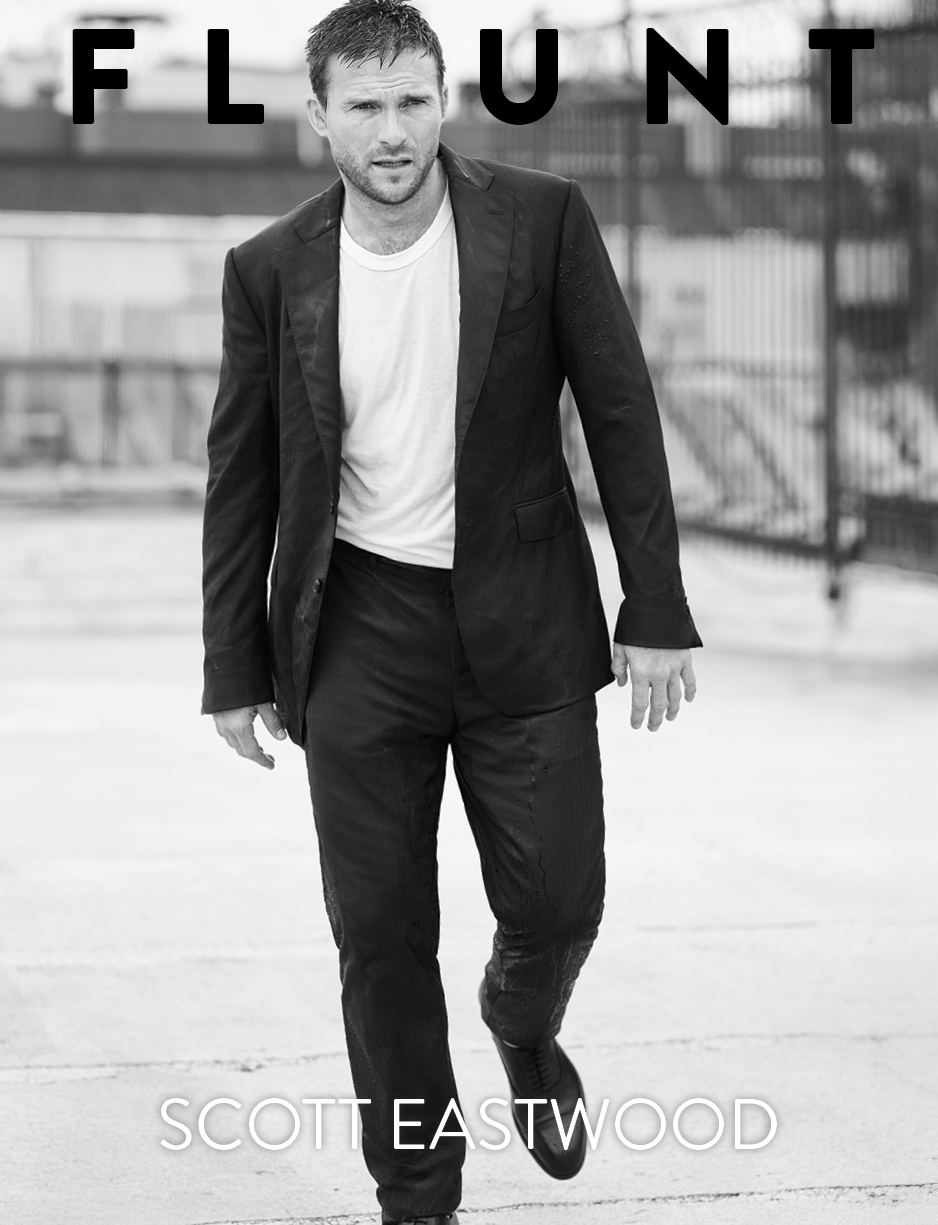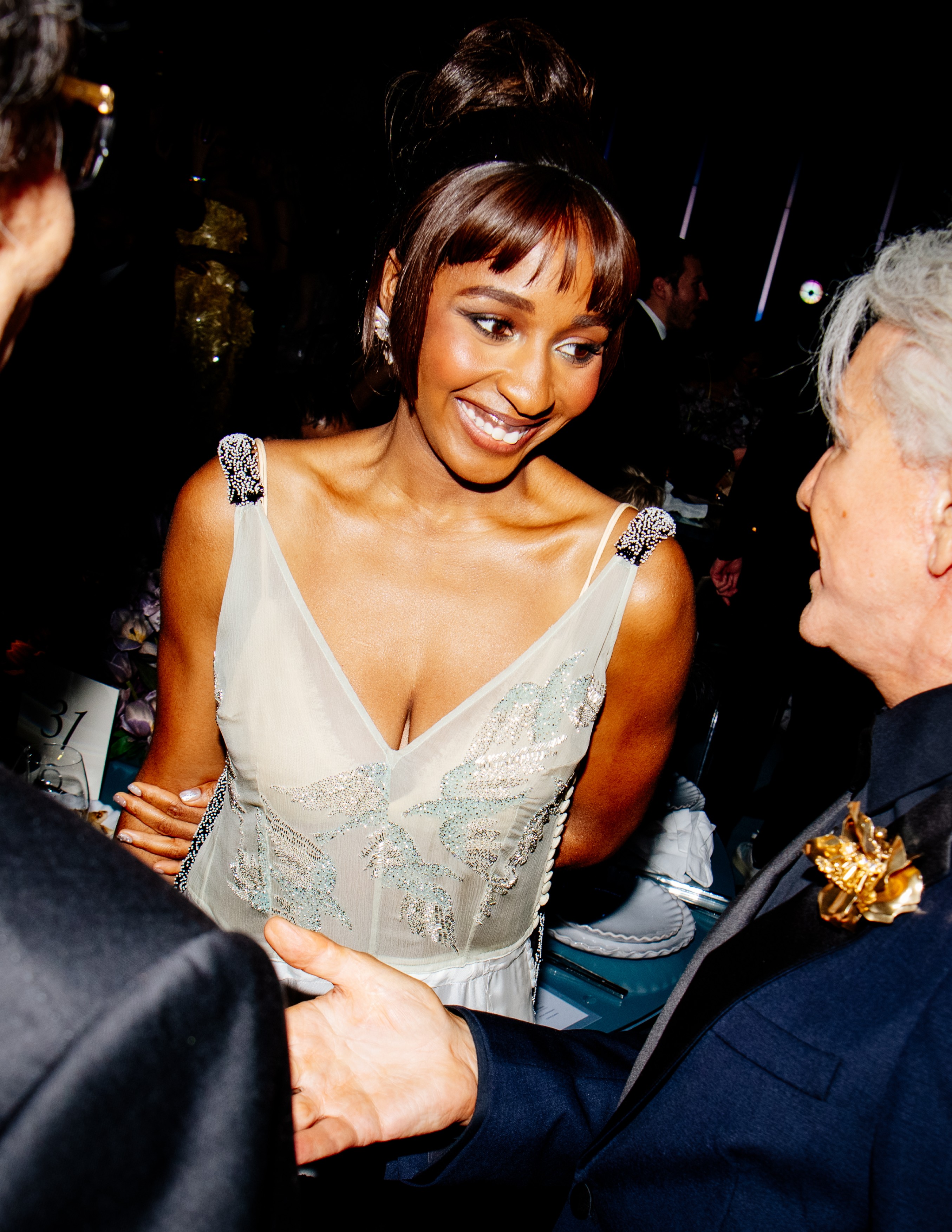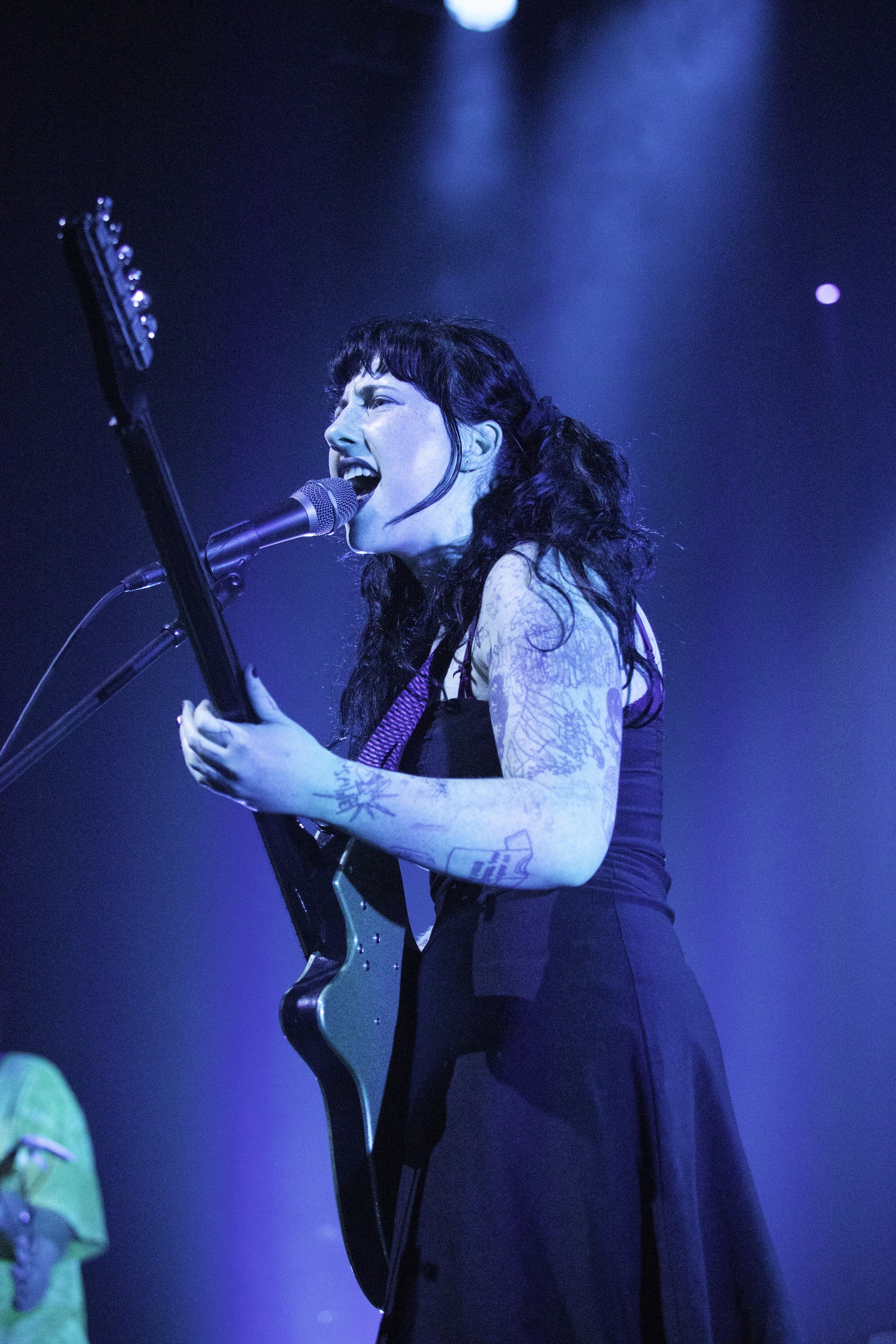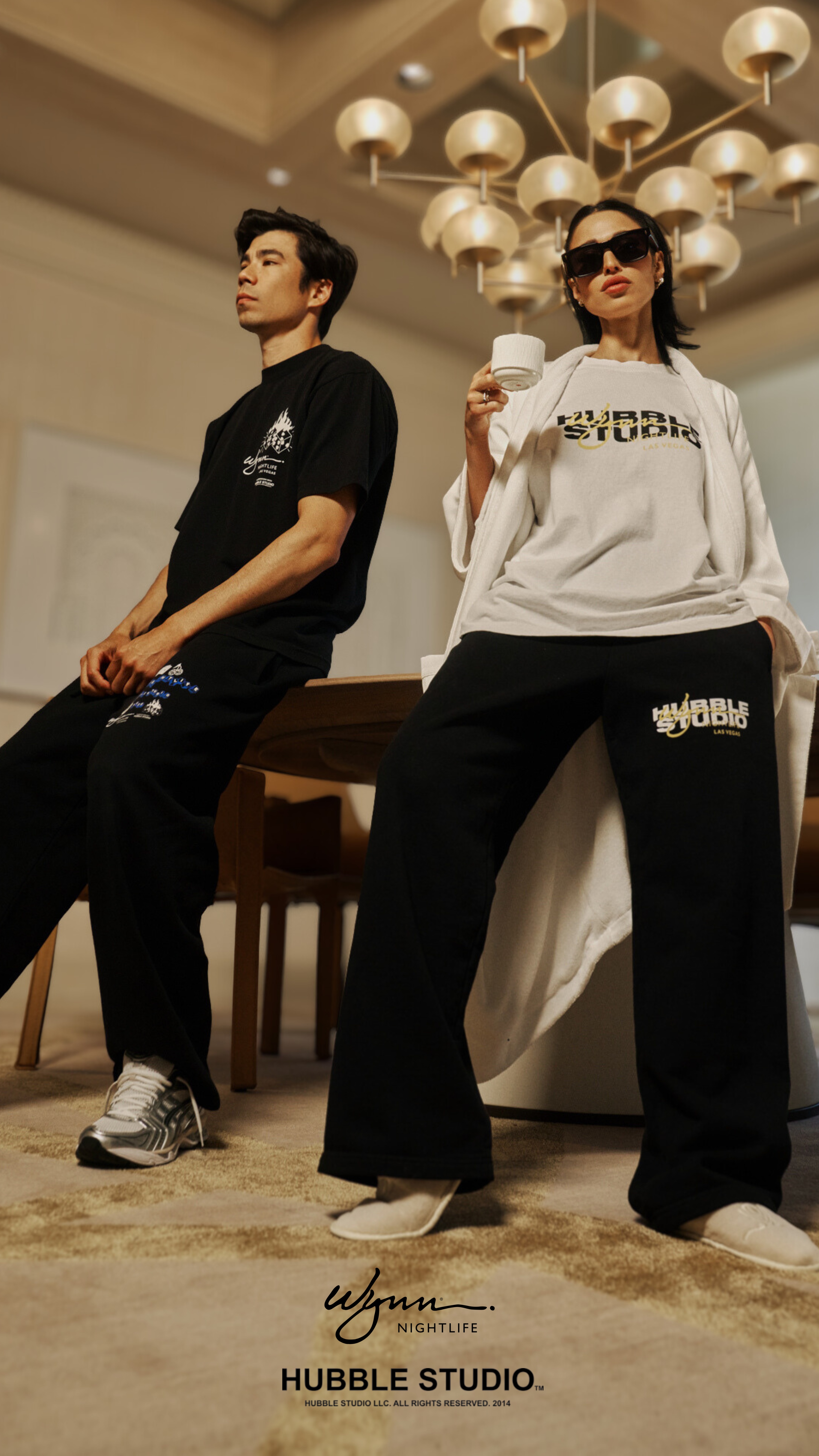![Alt Text]()
Fast, that was. It doesn’t feel long since men’s Fall 2018 shows jumpstarted this past year’s fashion in Paris, still the unrivaled global capital of creative fashion. Looking back, 2018 was the year of super debuts: explosive new starts at major fashion brands unlike any the world has seen before.
Yet here we are again, right on the horizon of another new and important season, where brands will display what’s in store for the critical Fall season. Virgil Abloh, Kim Jones, Riccardo Tisci, and Hedi Slimane were the headlines of the past year, sprawled across media platforms. But how much did these designers really change the course of fashion?
Virgil Abloh had the first outing during the unending late-June heatwave. His show: Men’s, for Louis Vuitton, a mega-hype event especially considering the lightning-fast hyperbole that is today’s web era of content. The show took place in the gardens of the Palais Royal, transforming into a 700-foot rainbow-colored carpet runway. A smorgasbord of multicultural talents wore spring’s combinations of relaxed and dressed-up styles, bounded by hybrids of vest-accessory leather packs.
Just two days later, Kim Jones, the newly minted designer at Dior Men, was not to be upstaged. Coming complete with a new, refurbished brand name, Jones installed a larger-than-life 33-foot floral sculpture carved in the silhouette of Mr. Dior himself, alongside his dog Bobby. This feature was created by American artist KAWS in the courtyard of the Garde Républicaine, where boys walked the circular runway in garments reminiscent of the heritage of women’s couture. We saw the Tailleur Oblique from Fall-Winter 1950, now in brown and light pink.
These two super brands combined an excellence of hype and marketing ingenuity to supersize their shows, both sustained by massive budgets uncommon even of their competitors. However, the clothes shown at Abloh’s Louis Vuitton weren’t anything new with many of the dominant silhouettes previously seen frequenting the runways by the likes of Giorgio Armani and those many memorable Helmut Lang shows of the mid 1990s, even down to the vest-bags.
At Dior, now rebranded Dior Men, the clothes felt too much like an intellectual dissertation of the past, particularly reinterpreting the house’s haute couture DNA for menswear, despite the discerning elegant tilts in the segment. It’s yet too early to assess the performances of these products, as they arrive in stores in February of 2019.
Both at Dior Men and Louis Vuitton Men’s, the media value seemed to eclipse the actual, leading fashion quotient once expected from major designer houses. Perhaps this expectation is surely beyond what the current atmosphere is able to offer. And worse, in a way, there is less of an audience and consumer presence for the kind of innovation and experimentation fashion prevalent just two decades ago.
The center of energy, now, has shifted. And luxury houses are playing catch-up at high speeds. Neither shows – Abloh’s and Dior Men – actually defined a new fashion zeitgeist, and at best, these mega shows reveal how little progress and innovation there is in current men’s fashion.
Months later, in September, Riccardo Tisci debuted his revamp of Burberry, a highly digitally-connected brand that somehow lost its relevancy in recent years. Here, too, a new logo ushered a new era: the dawning of a new era with the purpose of connecting to a new audience. The first taste of products in the pre-collections promoted heavily on Instagram a few months beforehand.
Off course, the former long-time Givenchy designer who rejuvenated the once-stale French house with street wits, revealed the logo during the Summer heat. The 135 looks showed in London, the biggest in recent memory, catered to practically everyone – this meant it lacked a specific vision and focus, neglecting the successes of narrower audiences. Needless to worry, the kind of fashion-forward leaning is left to the get-together with Vivienne Westwood, another English fashion icon, for a year-end drop. This new business strategy for Burberry places itself among streetwear strategies.
The question remains whether Tisci can transform and widen the scope of Burberry beyond the signature print and the collaborations, such as the current Vivienne Westwood launch.
But the biggest uproar of all time sure came to Hedi Slimane’s Celine relaunch, again donning new logo minus the upward accent mark, regressing back to its founding roots. Lady Gaga initiated the Celine product tease weeks before the actual show when she carried the black leather bag, named 16 – the street number of the Paris headquarters on Rue Vivienne.
The anger was real and spewed spectrally across the net, armies of defendants of the old order under the regime of designer Phoebe Philo, as if real sacrilege had been committed. This happened just moments the fashion show ended inside the erected tent behind the gold dome of Hôtel des Invalides, sealing the tomb of none other than emperor Napoléon.
In this rectangular tent setting, Slimane obliterated Céline to make way for Celine, with the aesthetics and styles he perfected with Saint Laurent years before but with a nod towards a slightly matured vibe. Even rock and underground club kids grow up, it seems. Slimane steered clear of any tribute to streetwear, instead offering plenty of clothes in commercial iterations beyond the garments of runway shows – things customers would fawn over: overcoats, jackets, pants, bikers, shirts, jeans, and an array of accessories made for any occasion. The point: clothes that are associated with the quiet, a fauna of identity firmly established by Slimane on the same day he showed his new wares.
This was the year that Off White continued its world domination, rising to the top of the brand search at Lyst. The Abloh brand strikes a chord with its irony in hyphenating the nomenclature of consumption by actually calling and writing – by name, in quotation marks with labels – what each product is. The tradition spans from Marcel Duchamp calling the toilet bowl a “toilet bowl.” But Abloh has simply had a seat at the fashion table for too short a time, and his fashion career is too young for him to be basking in what works. Perhaps, he is now dependent on the nomenclatures that led to his rapid, current successes. It’s too soon for Abloh to return to them again, and again, to the few design tricks he knows without taking more risks.
That leads us to this year’s stellar brand: Balenciaga. The brand that is at the intersection of, well, everything. Gvasalia’s Balenciaga cultivates the everyday, and encompasses the worship of the high fashion quotient of the house’s heritage of sculptural clothing. See the ten jackets on top of one another and the 3D-printed hourglass jackets and coats paying homage to studies on silhouettes, all worn with giant white sneakers. Gvasalia, to put it simply, has the nerves not to think about the wide divide between what separates luxury and everything else, but that there shouldn’t be a boundary in place in the first place.
Erasing this frontier, he fostered products that spanned all territories, appealing to a large demographic of the consumer republic.
The big news in haute couture was actually the return of very old news: the art of dressmaking became the rallying cry for the return and renewal of the artisanal arts – the raison d’être of haute couture.
At Givenchy, Chanel, and Dior, the intricate and detailed inheritance within the stitching simply overwhelmed, and where mastery of techniques are unrivaled. Pierpaolo Piccioli delivered the masterpieces at Valentino, distilling the essence of couture into modern day clothing, embracing and encompassing both the poeticism and wearable nature of the clothes.
At Maison Margiela, both Piccioli and John Galliano embraced what couture can be, and in their own manners of experimentation, played with the values of couture to craft different visions moving forward. Galliano’s version bordered on the feeling of lab research, but that doesn’t make his Artisanal collections any less poetic.
Nostalgia and memories were not just about bringing back old skills of making client-specific clothing, in service, but to create an actual return to previously-made fashion, where the old was made anew. The year in remakes saw Prada Linea Rosso, a reinterpretation of Prada Sport, a Marc Jacobs resuscitation of his 1993 grunge collection with a pop up store, and Versace’s year-long reissue of its famous Barrocco prints, in the shapes of the original ‘90s garments.
Versace’s Pre-Fall 2019 show in New York was an ode to the best known icons of the house, but this time, at the service of a new audience who had yet to experience the original versions for the first time around.
In New York specifically, the dichotomy between wealthy and “kid’s” brands divided. Coach and Michael Kors produced mega shows of their own – the former transforming a Westside pier, complete with remnants of visible Americana both in the set and on the garments themselves. Michael Kors’ show looked over the Southside piers, but neither brand showed anything fresh, sticking to their recognitions, including all those sun dresses and leather bikers.
While Michael Kors and Coach both emphasize immediate products over ideas, at Calvin Klein, the opposite seemed to attract. Belgian designer Raf Simons continued his meditations on what constitutes the essence of an American brand. Simons incorporated elements of pop culture, injecting garments with graphics from the movies Jaws and The Graduate. Andy Warhol screen prints could be seen in jeans and even underwear. Simons surely reaches his goal, making audiences ponder where the values of American fashion should stand.
Meanwhile, in a freezing rainstorm at the Eastside pier, or in a Lower East grade school, or in a loft above a manufacturing facility or in the outer borough of Booklyn, we saw new upstart designers Telfar Clemens, the collective Vaquera, the duo Eckhaus Latta, and Kerby Jean Raymond, respectively. Each chose a show locale that corresponded to the aesthetics and thinking behind their works. Even on that story late afternoon on the very windy East River pier, or on the edge of Brooklyn late on a Saturday night, the authenticity of these designers’ missions overwhelmed any lack of resources they had access to.
In fact, they are thriving; their ideas along with the products they make associated with those ideas is the most important ideology for a new vision of American fashion. Authenticity is a currency that’s hard to come by. You either have it or you don’t.
Wealth and authenticity often don’t belong in the same brotherhood.
But high art may not be compatible with American fashion, something that has a real heritage of sportswear, easy wardrobes – not the kind of clothes couched in sophistication, even when using the medium of pop culture.
In another upheaval late in November, during a third quarter earnings call explaining the revenue decline of Calvin Klein’s brand, the corporate CEO didn’t mince his words to blame the Raf Simons and his central fashion vision in creating products that were far too expensive for their respective markets – the “fashion” component was incorrect, according to the CEO.
It is difficult to discern the exact problems surrounding sales, but often it is the merchandising team whose jobs it is to translate the designer’s greater vision into commercial products at different, stratified pricing structures, then marketing to experts for sales efforts. It remains to be seen in 2019 what will transpire once the dust settles.
The intersection of digital culture, modern art, streetwear, and heritage luxury comingle incessantly, each seeking legitimacy with one another in the sleuths of endless collaborations, from T-shirts to handbags, marketed in endless openings of temporary pop ups. As well, all of these suggest the waning influence of designer fashion brands where the voice of the designer is just another noise clamoring for attention among the cacophony of the contemporary fashion world.
Not long ago, fashion was about specific identity. Since, designers have engulfed collections with personal meaning rather than the juxtaposition of luxury and street, and worse, the endless procurement of collaborations with any willing entity in the arts, or sports, or entertainment, has become the operating norm from startups to major fashion houses and anywhere in between.
Elsewhere in the fashion landscape, is it possible that 2018 is the year of collaboration fatigue? Collabs have sprouted practically everywhere like a serial infectious disease with no cure anywhere in sight. For either collaborator, so many collaborative projects have little meaning remaining because they don’t constitute an organic communion of the two bodies. They lack meaningful projects resulting from innovation of combining strengths.
Could we also call 2018 the end of streetwear ubiquity? It’s possible that at least menswear is slowly moving away from total street, but that remains to be seen.
Oh, and on the subject of landscape, there were certainly memorable sceneries erected for fashion shows. Best among them were the walk in the forest at Chanel in March, complete with live and dead trees and fallen autumnal leaves on the runway. There was also the popcorn-filled American Stock Exchange, temporarily transformed into a Midwestern farm, complete with treehouses and fake white mountaintops. There was also the colorful graffiti at Balenciaga (who is also to include a digital tunnel staged for the Spring 2019 show at a television production facility on the outskirts of Paris).
In 2018, consumers are keen to subscribe to the designer and the brand’s ethos thus having a unique and a singular point of view matters whether in the realms of sustainability and ethics like the use of furs that brands like Gucci have renounced. Even the recent Chanel announcement that the brand will stop using exotic skins on its line of accessories is geared more towards the values of the younger consumers that the brand is courting not only with products with shared values as the next heavy weight clients. Consumers coalesced around a brand and adopted the brand’s values and vision along with that dress or that bag.
Photos courtesy of the respective fashion houses
F L A U N T

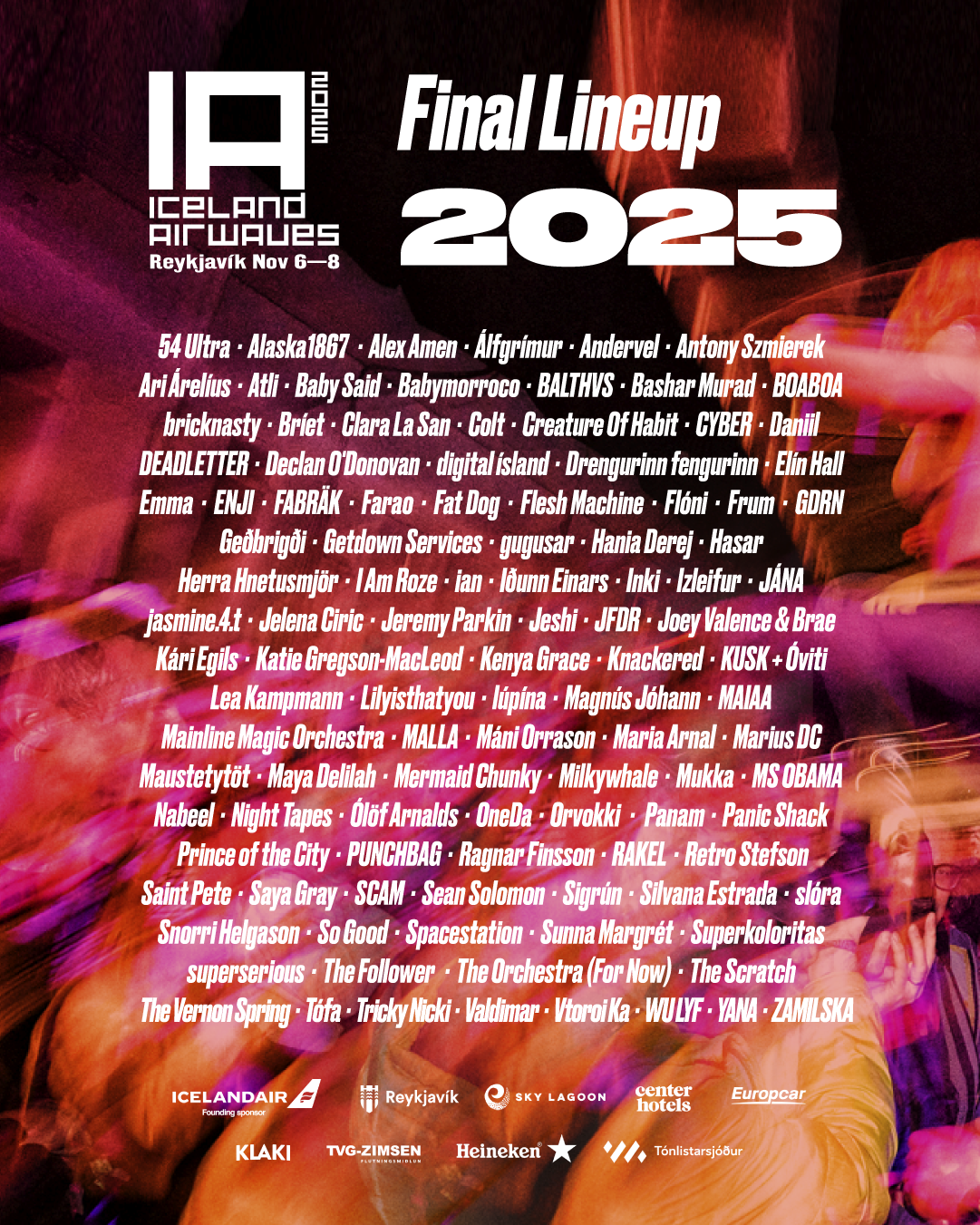

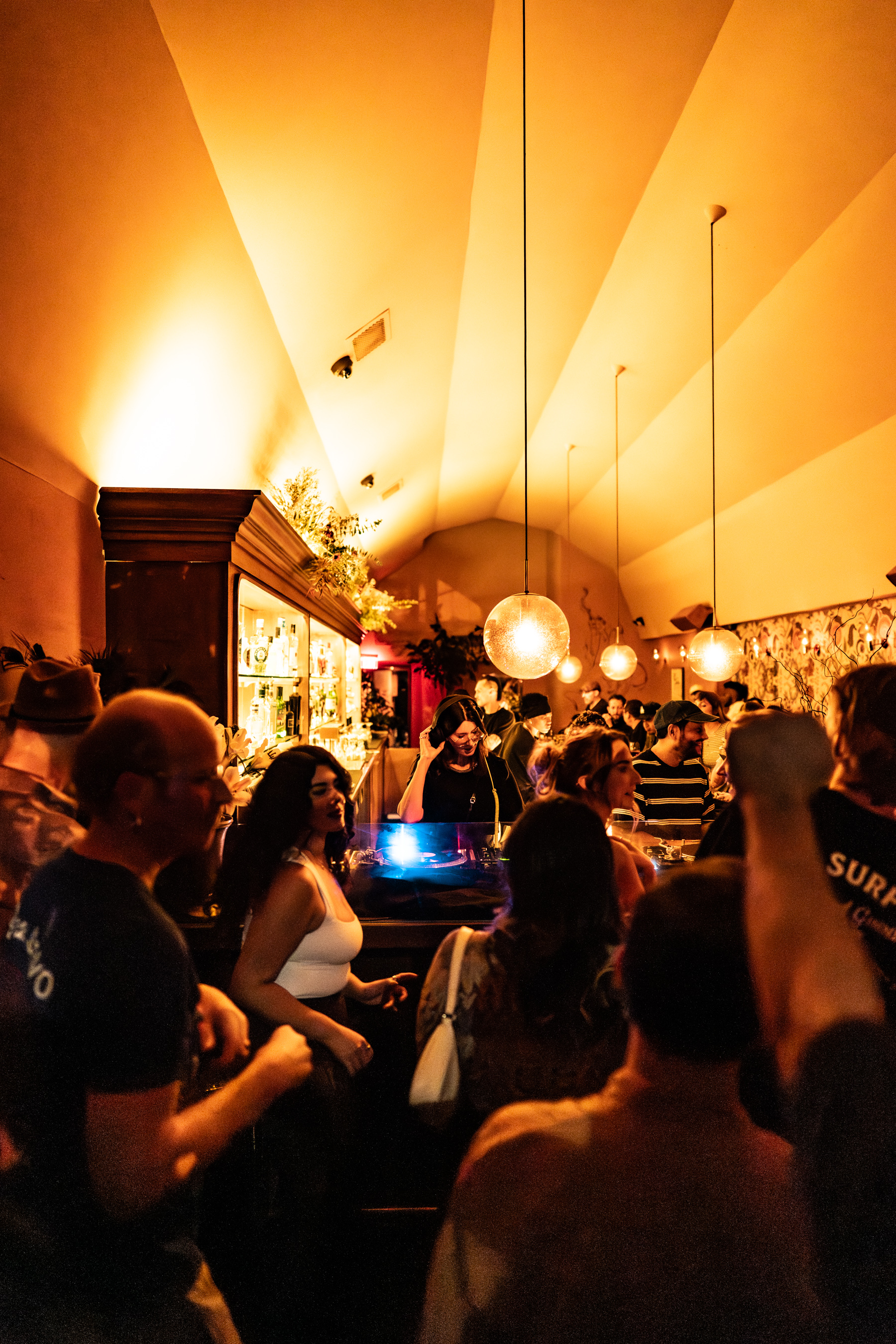
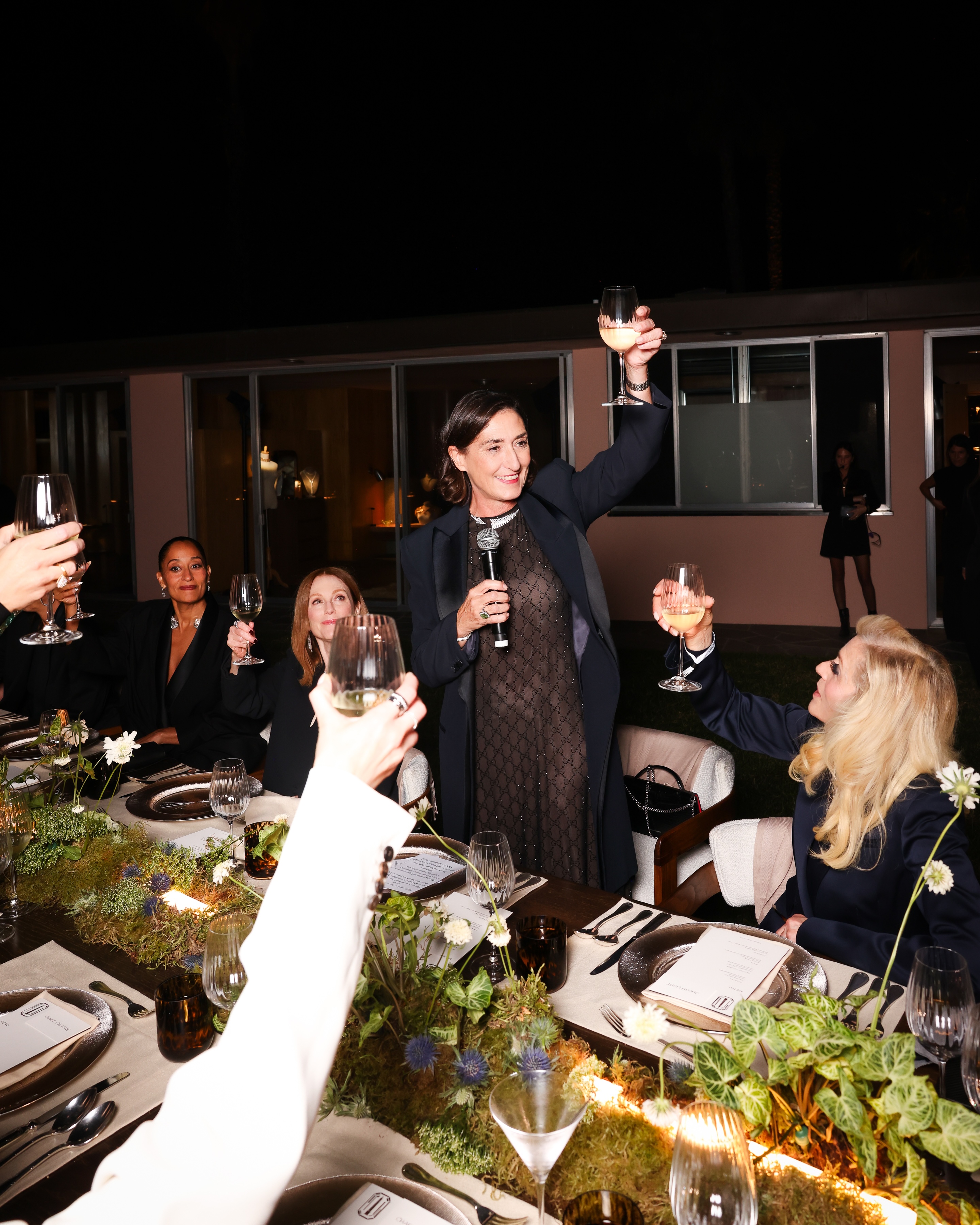

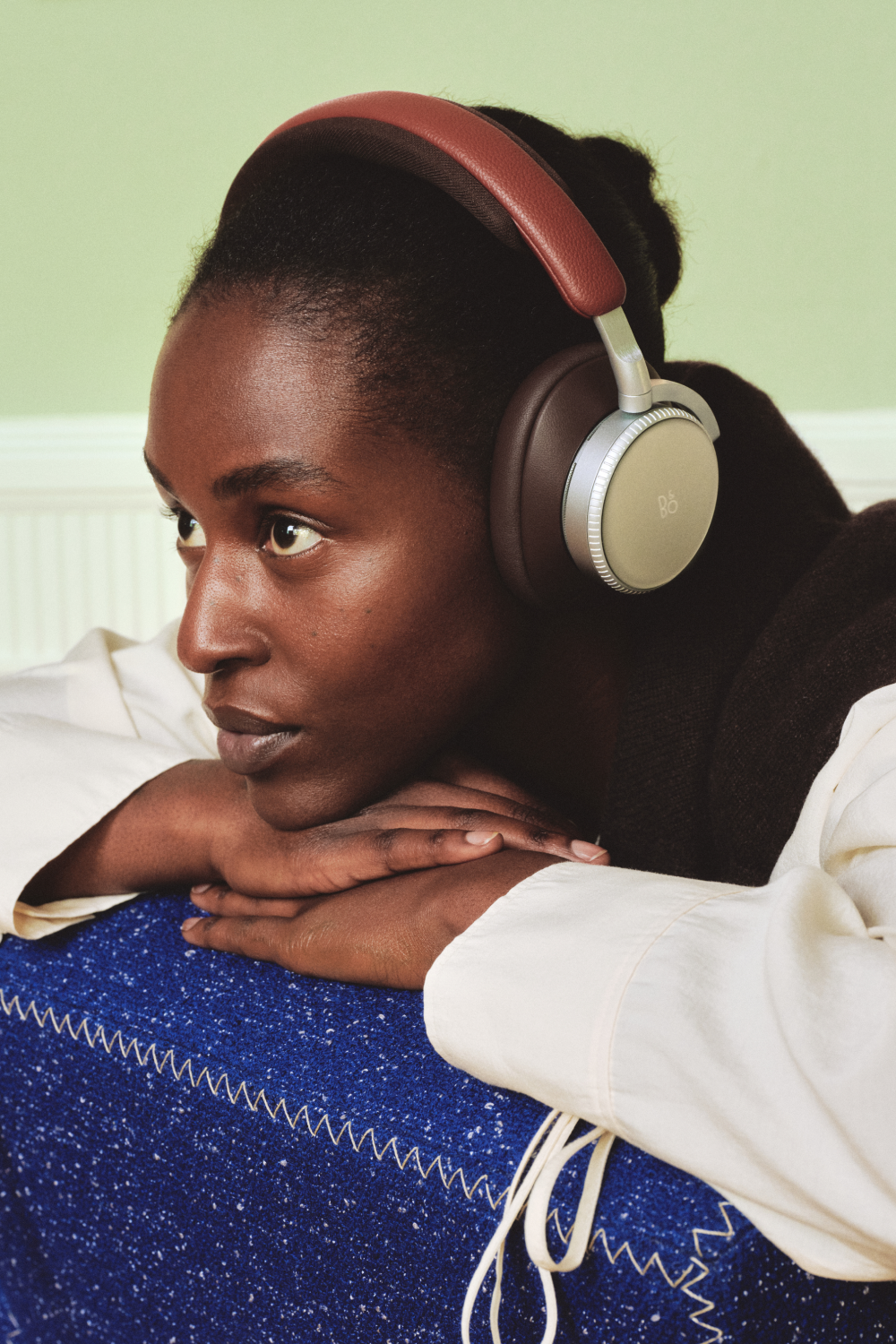
.jpg)


